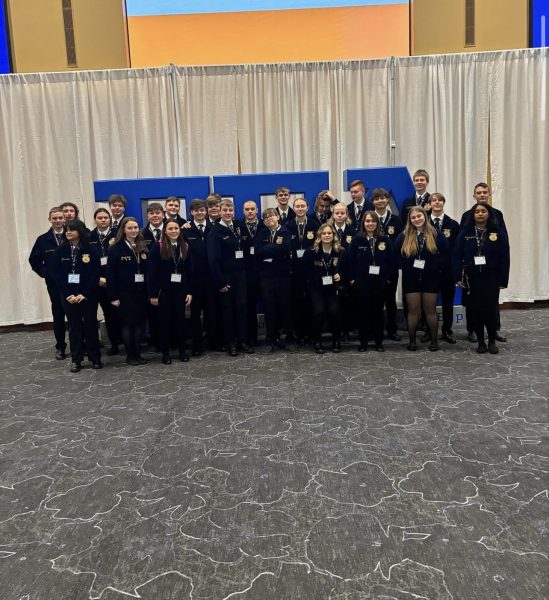Santa’s “presence” around the world
It’s Christmas time. To many Americans, it is considered “the most wonderful time of the year.” Many Americans get totally immersed in all of the traditions associated with this popular holiday. But how do our traditions differ from other countries throughout the world?
All across the globe, there are different versions of our “Santa.” However, one common theme remains: Well-behaved children get gifts, poorly-behaved children get nothing. Also, some countries opt for a gift-bearing figure more closely related to the actual Bible story of Jesus’s birth. For example, children who live in Spain receive presents from the three Reyes Magos or “Three Wise Men.”
In the Netherlands, children are paid a visit by Sinterklaas every Dec. 5. Sinterklaas lives in Madrid, Spain, and has servants that are called Zwarte Pieten. The Zwarte Pieten keep a record of all of the children in the Netherlands and they decide whether or not the children have been naughty or nice. If a child has been deemed naughty, they are kidnapped and taken to Spain for the year to be taught how to behave. Children will leave a shoe next to their fireplace, sometimes filled with vegetables for Sinterklaas’s horse to snack on. Then, Sinterklaas will enter the child’s home through the fireplace, leaving a reward inside of the shoe for the children who have behaved well throughout the year.
On Jan. 6 in Italy, children eagerly await the arrival of an old witch named La Befana. In most cultures, the thought of a witch entering your chimney via broomstick might seem a little scary, but to the Italians, it is all part of the Christmas tradition. According to Italian tradition, La Befana mocked the Three Wise Men and refused to help them find their way to Jesus. However, when she saw the “Christmas Star,” she knew that those men had a very important task at hand, and she decided to deliver the gifts herself. However, she didn’t make it in time so she flies on her broomstick every Christmas to try to find the little boy, leaving gifts for every child to make up for not making it to Jesus in time.
In Hungary, children are paid two visits every year, one by Jesus and one by St. Nicholas. On Christmas Eve, children patiently wait outside the room where the Christmas tree is kept to hear the sound of bells ringing. Once the bells have rung, the children dart to the tree to see what gifts Jesus has left underneath it for them. Also, on Dec. 6, children leave a shoe out on their windowsill to be filled with treats overnight by St. Nicholas.
Regardless of what he is called throughout the world, Santa is universally a reminder that we should be extra giving to those around us during the Christmas season. Even though Christmas is often thought of as a time to be receiving gifts, we must realize that a large part of Christmas has to do with the gift of life and love during such a beautiful, generous holiday.

Cynthia Rossi is a senior at Delphi Community High School. She is a member of the dance team, Entertainers, National Honor Society, and drama department....
























